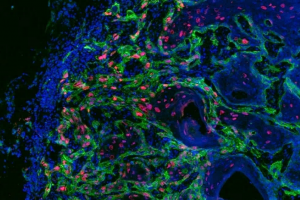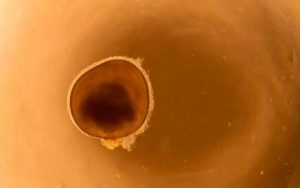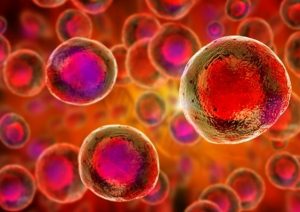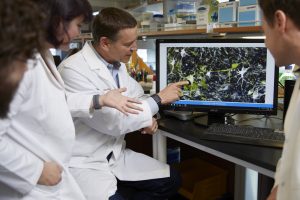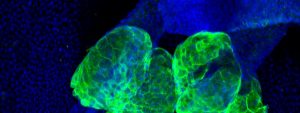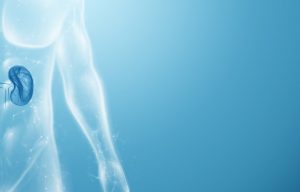Embryo-like structure synthesized in a lab could help decipher infertility
“Stem cells have the remarkable potential to develop into many different cell types. Now, using mouse stem cells instead of the usual sperm and egg, scientists have created a structure like a blastocyst — an early embryo.
“What we did is, for the first time, we managed to promote the self-organization of stem cells into a very early embryo in a dish — so everything happened in the lab,” said Nicolas Rivron, lead author of the new study and a biologist, engineer and assistant professor at Maastricht University in the Netherlands.
The research was published Wednesday in the international science journal Nature.
‘Human pregnancies are very inefficient’
To achieve this scientific feat, Rivron and his team combined embryonic stem cells, which have the potential to form a whole embryo, with trophoblast stem cells, which have the potential to form a placenta. Without a placenta, which attaches the embryo to the uterine wall, an embryo cannot develop into a fetus.
“We pulled them together and discovered a cocktail of molecules that triggered them to self-organize into early embryo cells,” Rivron said. He added that, for the first time, these very early embryos were able to implant in the uterus of a mouse when transferred.
Rivron said his research “has applications in many different fields, though we are especially interested in the field of infertility and the field of chronic disease.”
It will allow scientists to learn more about the poorly understood processes of embryo implantation.
“It has been very difficult to understand how [cells] organize in those very early days,” Rivron said. This moment of human development is shrouded in mystery because almost all women don’t even know that they are pregnant at this early stage. Additionally, somewhere between 30% and 60% of embryos fail to implant in humans due to age or unknown factors.
“Human pregnancies are very inefficient, and in the most extreme cases, this is leading to infertility, where people just cannot have a child,” Rivron said.
The study points to other practical applications, he said, including pharmaceutical research.“


